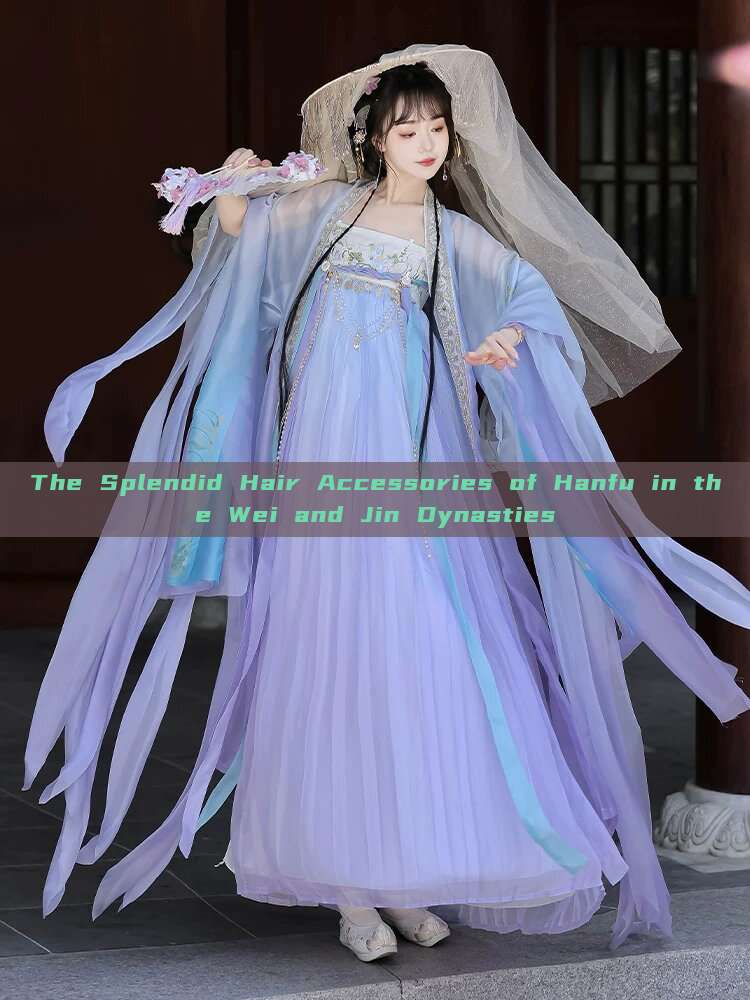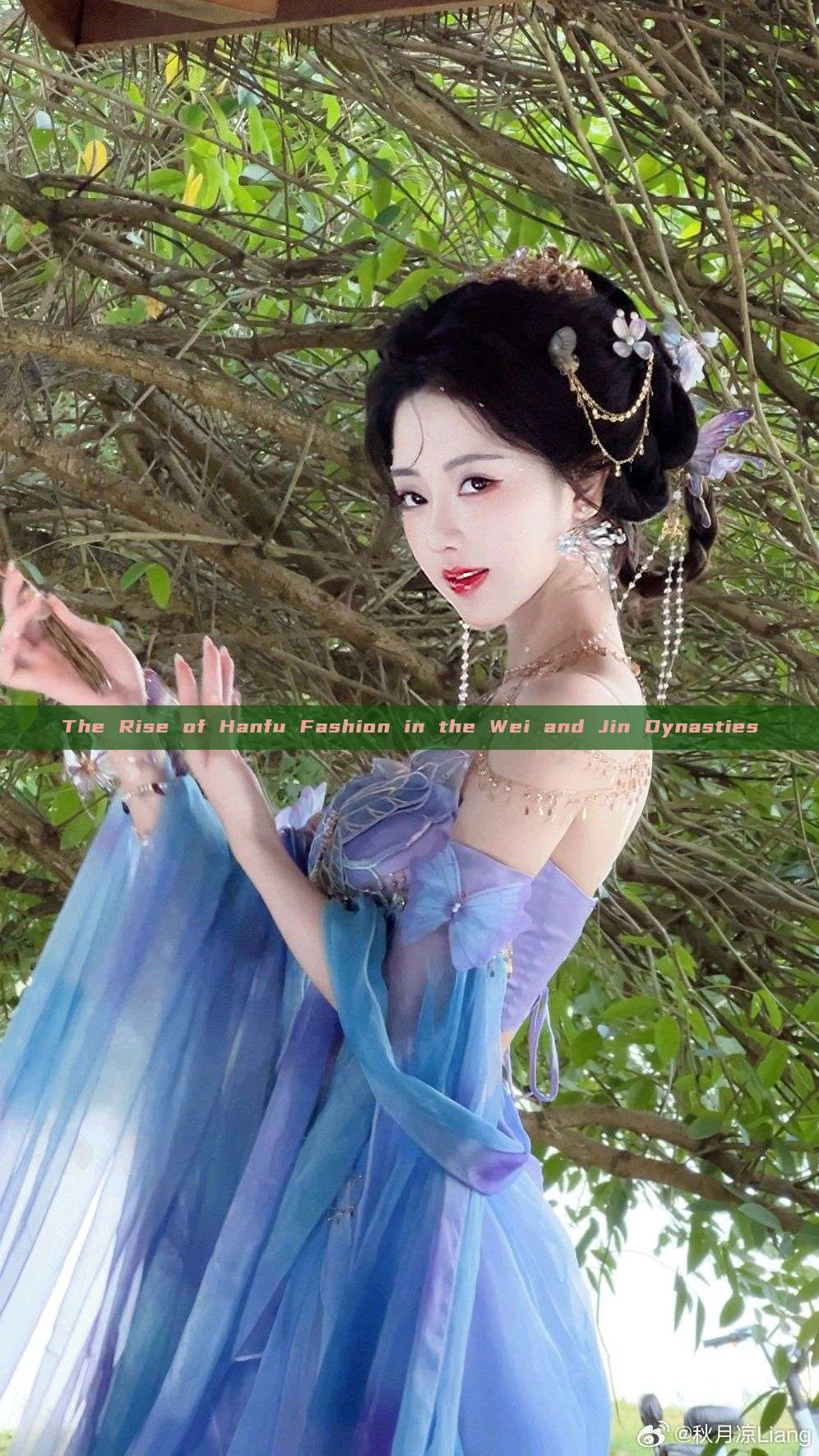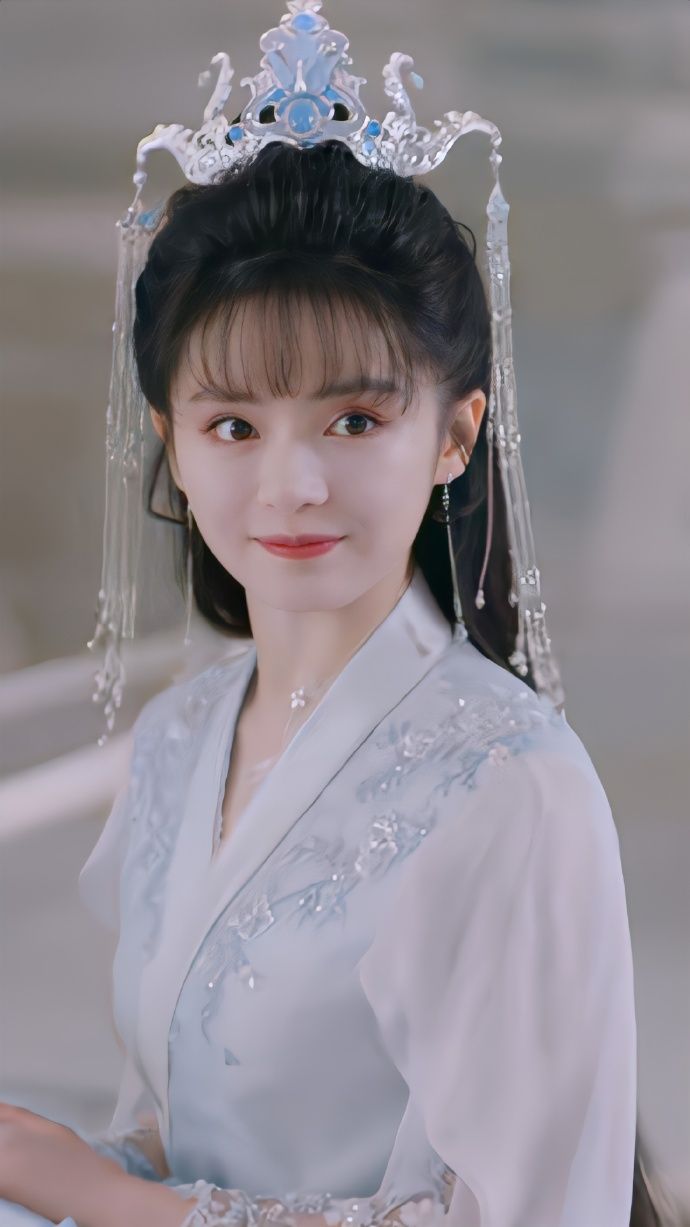In the historical context of China's dynastic evolution, the Wei and Jin dynasties (220-420 CE) witnessed a remarkable fusion of cultural elements that profoundly influenced the fashion and aesthetics of the Hanfu, particularly in terms of hair accessories. This article delves into the intricate details of hair ornaments worn during this era, examining their significance in both daily life and ceremonial occasions.

The Hanfu, a traditional Chinese clothing style, experienced a distinctive transformation during the Wei and Jin eras. This transformation was not just limited to the clothing itself but also extended to the intricate hair accessories that accompanied it. The art of hair decoration during this period reflected a blend of simplicity and elegance, with a focus on natural materials and intricate designs.
In the Wei and Jin dynasties, hair was highly valued and considered a symbol of youth and vitality. As a result, hair accessories played a pivotal role in enhancing one's beauty and social status. These accessories ranged from simple flowers and jade pins to intricate combs and braided bands. Each accessory had its own unique symbolism and was often chosen based on cultural, social, and personal preferences.
One of the most common hair accessories during this period was the hairpin, which was often made of jade or wood. These pins were not just used to secure the hair but also served as a decorative element, often adorned with intricate carvings or patterns. Another popular accessory was the hairpin flower, which was a floral-shaped hairpin made of precious materials like gold or silver. These flowers were often adorned with gemstones or pearls, adding a touch of elegance to the wearer's hair.
In addition to pins and flowers, combs made of jade or ivory were also highly prized hair accessories during this period. These combs were not just used for styling hair but also served as symbols of status and wealth. They often featured intricate carvings and patterns that reflected the wearer's personal taste and social standing.
Another interesting aspect of hair accessories during the Wei and Jin dynasties was the use of braids and knots. These hairstyles were often combined with various accessories like bands or nets to create intricate and beautiful hairdos. These braids and knots were not just for decorative purposes but also served as symbols of status and identity.
The influence of Buddhism on hair accessories during this period was also significant. Many Buddhist temples adopted simple hairstyles that were accompanied by simple yet elegant hair accessories like wooden combs or floral-shaped pins. These accessories reflected the simplicity and purity of Buddhism, further enhancing their popularity among the masses.
Overall, the hair accessories of the Wei and Jin dynasties reflected a blend of cultural influences, personal preferences, and social status. These accessories not only enhanced the beauty of the wearer but also served as symbols of status and identity. Today, these historical hair accessories continue to inspire modern designers and fashion enthusiasts, providing a rich source of inspiration for modern fashion trends.
Studying these historical hair accessories not only helps us understand the fashion trends of the past but also provides valuable insights into the cultural and historical context of China's dynastic evolution. As we delve deeper into these historical details, we gain a deeper understanding of the rich cultural heritage that has shaped China's fashion history.



